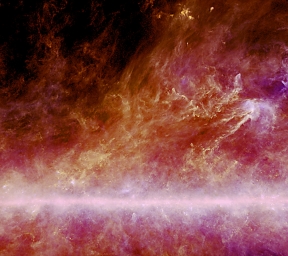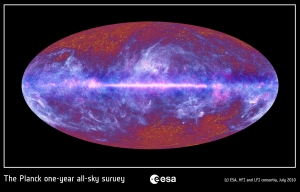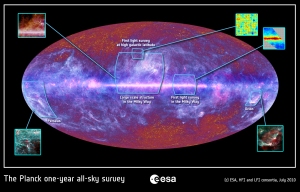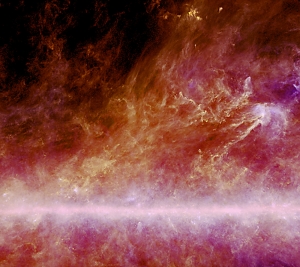The stats helper monkeys at WordPress.com mulled over how this blog did in 2010, and here’s a high level summary of its overall blog health:

The Blog-Health-o-Meter™ reads Wow.
Crunchy numbers

A Boeing 747-400 passenger jet can hold 416 passengers. This blog was viewed about 7,600 times in 2010. That’s about 18 full 747s.
In 2010, there were 5 new posts, growing the total archive of this blog to 50 posts. There were 3 pictures uploaded, taking up a total of 2mb.
The busiest day of the year was March 17th with 996 views. The most popular post that day was Planck images of our Galaxy.
Where did they come from?
The top referring sites in 2010 were science.slashdot.org, slashdot.org, news.bbc.co.uk, planck.cf.ac.uk, and rssd.esa.int.
Some visitors came searching, mostly for planck, planck satellite results, planck mission, planck results, and planck satellite images.
Attractions in 2010
These are the posts and pages that got the most views in 2010.
1
Planck images of our Galaxy March 2010
3 comments
2
New Results: First All Sky Images from Planck! July 2010
2 comments and 1 Like on WordPress.com,
3
Planck Completes First Survey of the Sky February 2010
1 comment
4
First Results from Planck Released! September 2009
1 comment
5
Planck moving forward July 2010
2 comments




